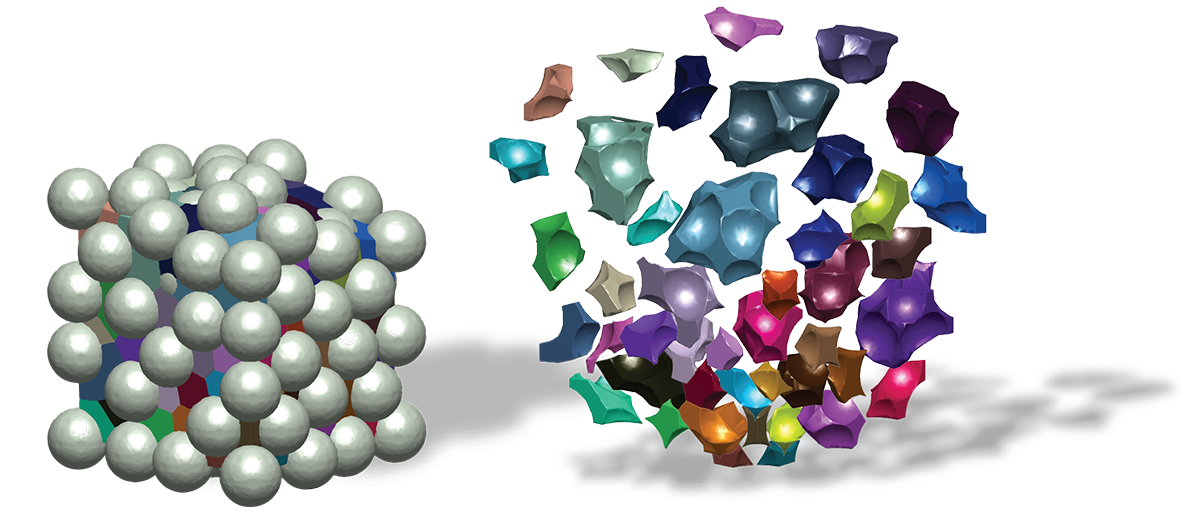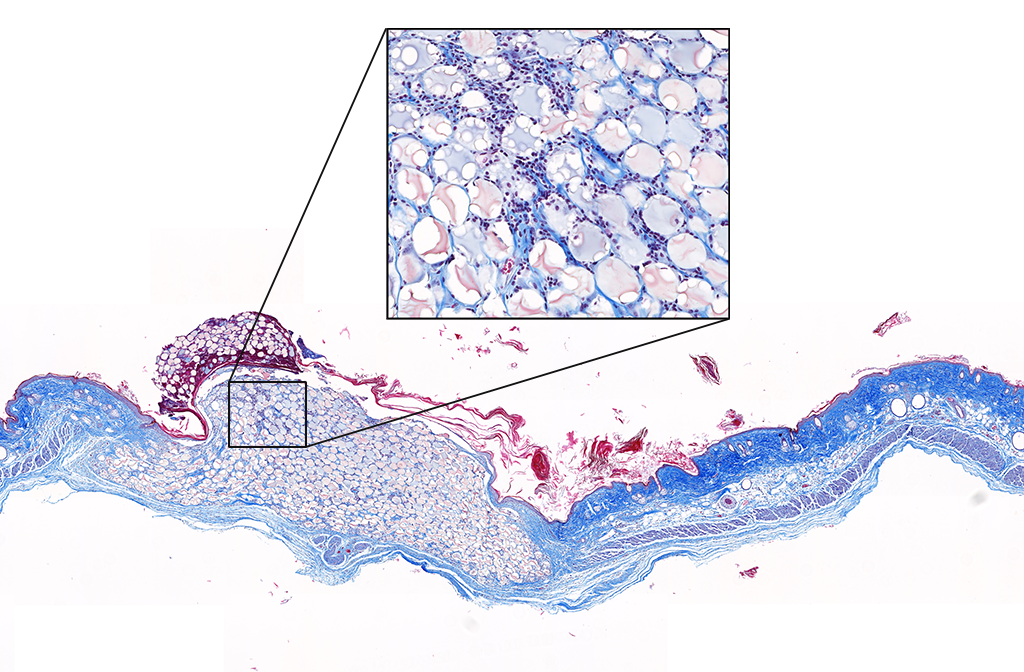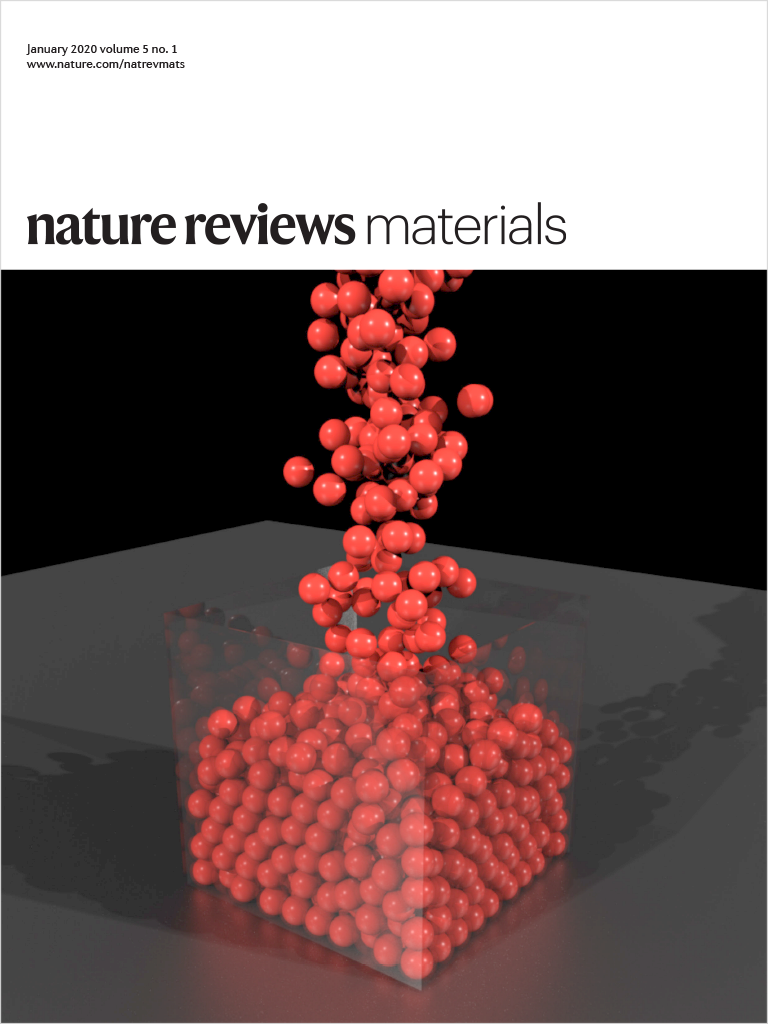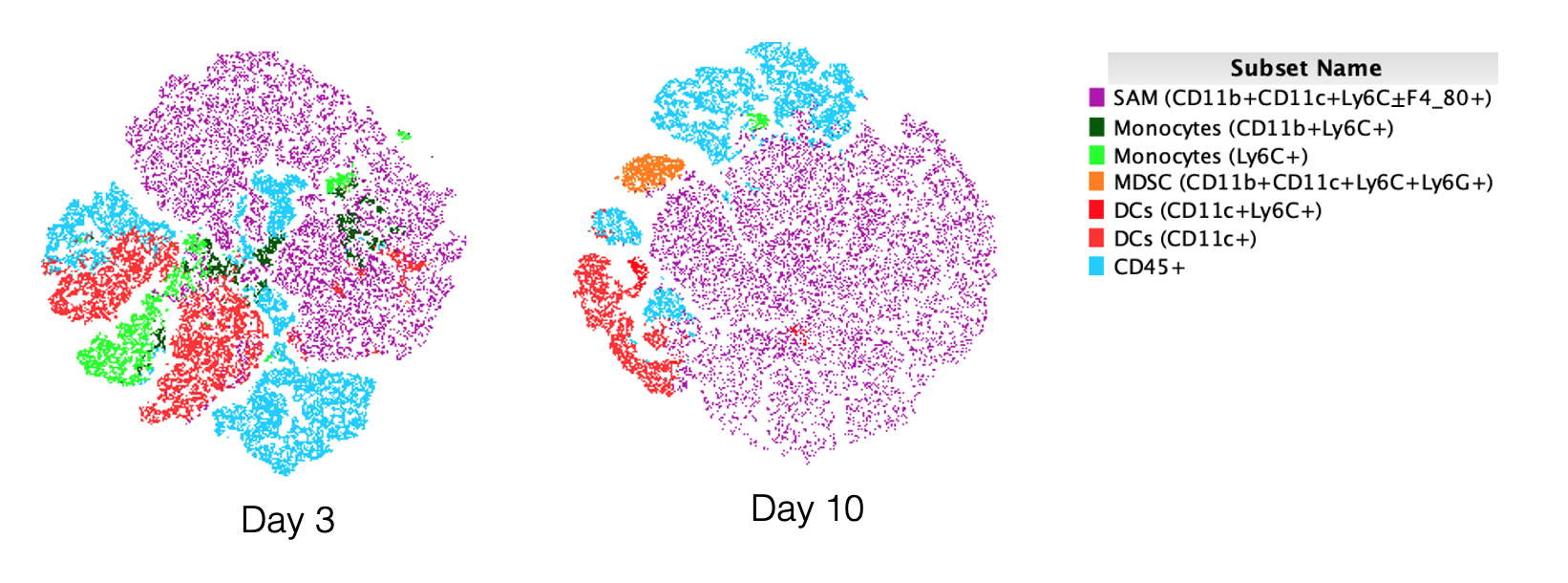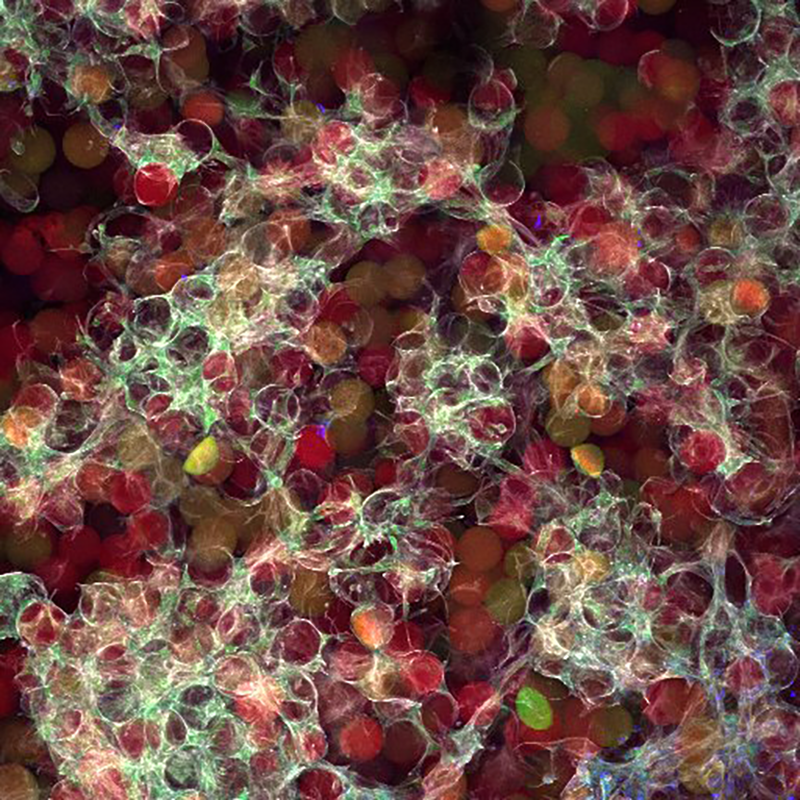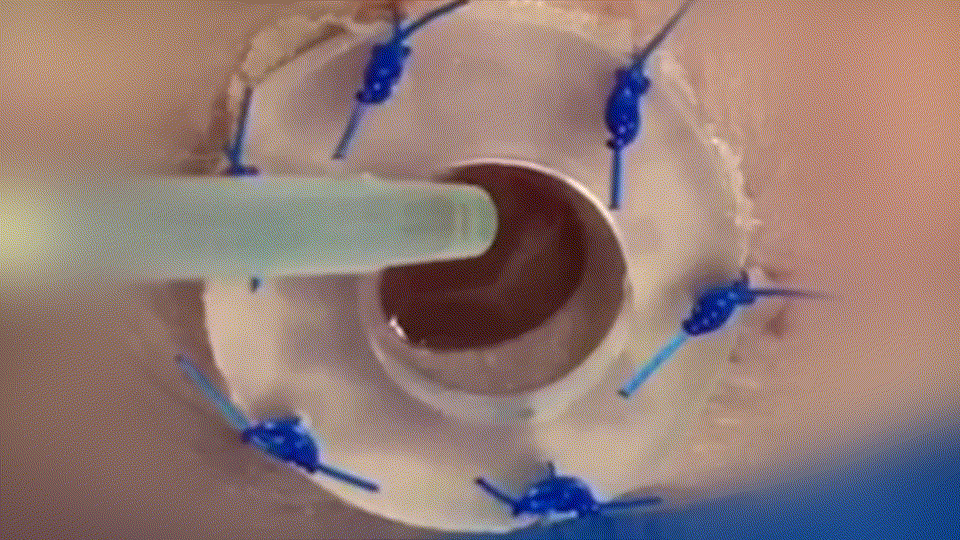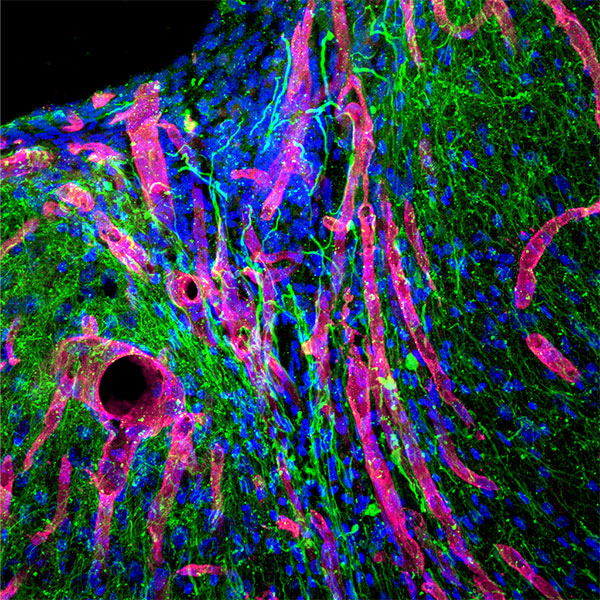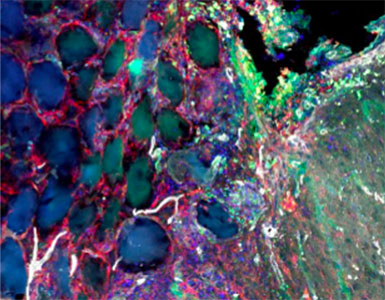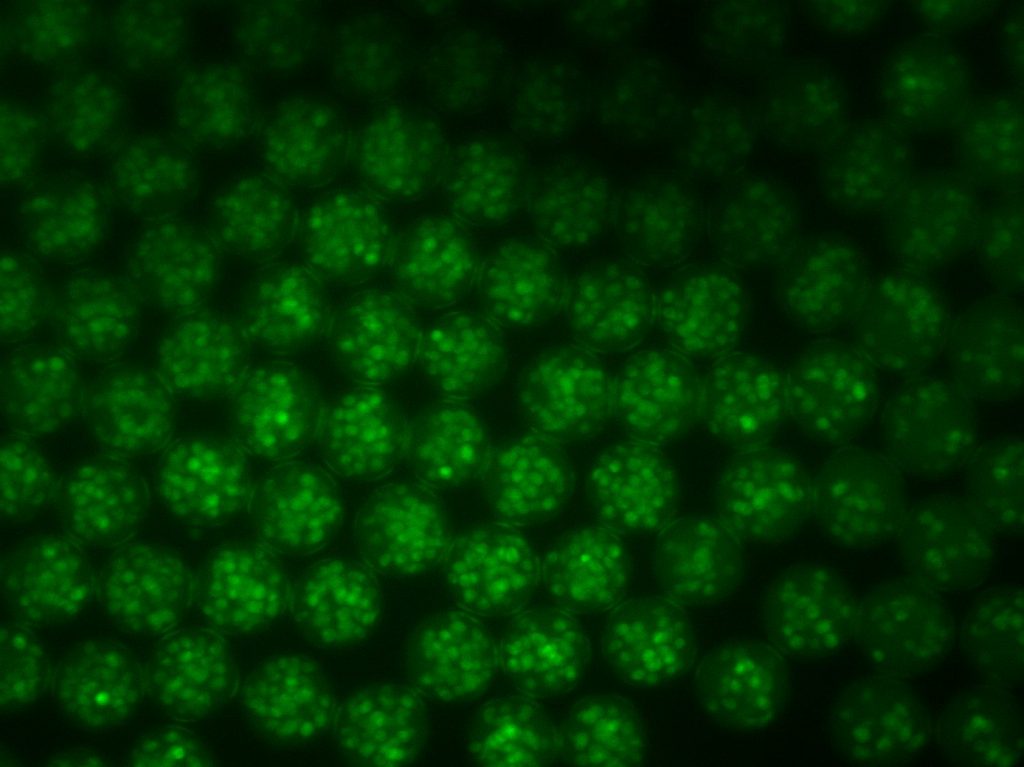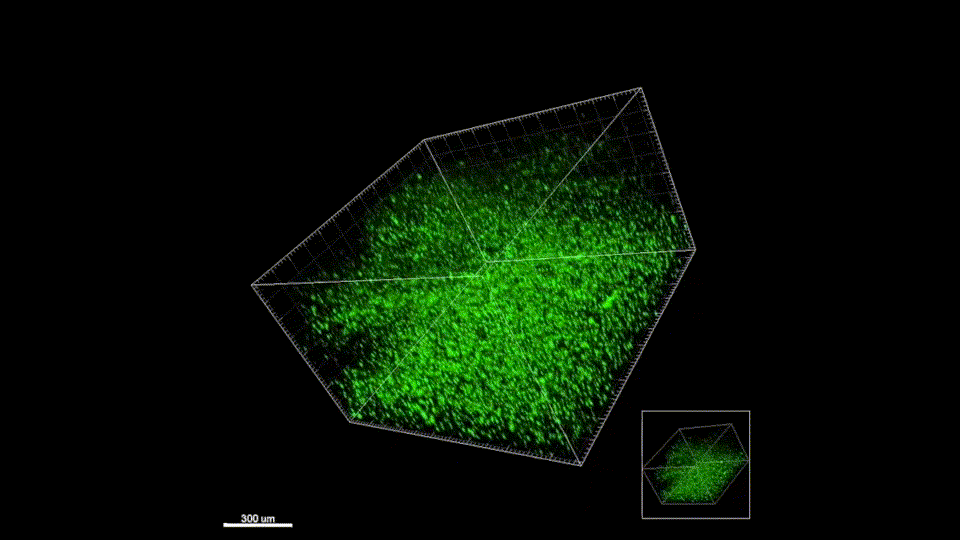Stroke-induced disability
A stroke is like a heart attack of the brain – it occurs when oxygen can’t get delivered to the organ. But unlike a heart attack, a stroke will leave a patient with substantially increased risk for lifelong disabilities [1]. In fact, stroke is one of the leading causes of serious long-term disability in the United States [2], and in 2018 alone, over 7.8 million individuals suffered from a stroke [3]. Sadly, although thrombolytic drugs are used to minimize damage within the first few hours of stroke onset, there are no therapeutic drugs available to treat damaged brain tissue after stroke. Patients must therefore rely on rehabilitation efforts like physical therapy and video-assisted training to reduce their disability and regain independence.
After a stroke, the brain tissue that was starved of oxygen is irreversibly injured, and the body attempts to repair the injury by forming a scar – but scar tissue is no longer functional. Patient disability is the direct result of non-functional scar tissue at the stroke site. Rehabilitation efforts attempt to recover function by training the brain to rebuild neuronal connections that bypass the stroke site. The brain is an adaptive organ, so figuring out new ways to form connections without the original tissue is challenging, but not always impossible.
Instead of working around scar tissue, we’re motivated to develop a material that can be placed directly into the stroke cavity to promote endogenous tissue regeneration, which is the body’s way of rebuilding functional tissue after injury. Theoretically, the body has all of the tools necessary to replace injured tissue with healthy tissue, and our material will offer physical and chemical cues to help guide this process in the stroke cavity. The end-goal is minimal scar tissue and maximal functional recovery.
[1] Dhamoon MS, et al. (2017) Disability Trajectories Before and After Stroke and Myocardial Infarction The Cardiovascular Health Study. JAMA Neurology. 74(12): 1439-1445.
[2] Centers for Disease Control and Prevention (CDC). (2009) Prevalence and most common causes of disability among adults: United States, 2005. MMWR Morb Mortal Wkly Rep. 58: 421–426.
[3] NCHS, National Health Interview Survey, 2018. Table A-1a: 1-9.








